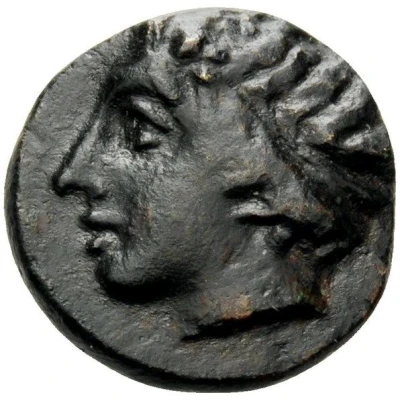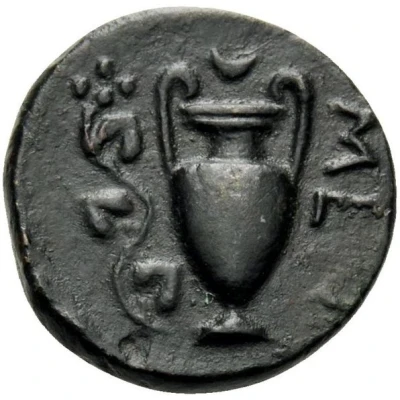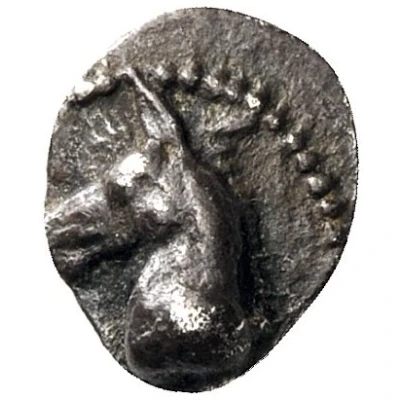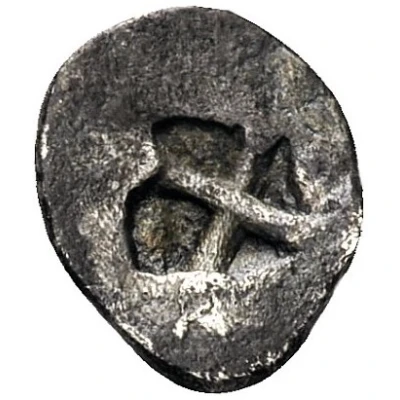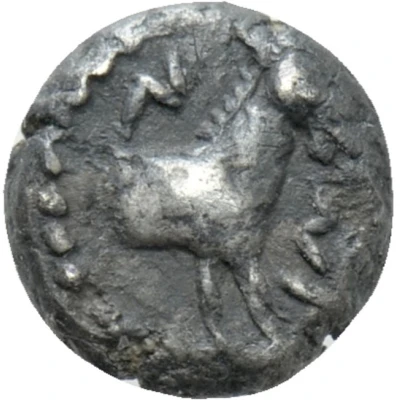
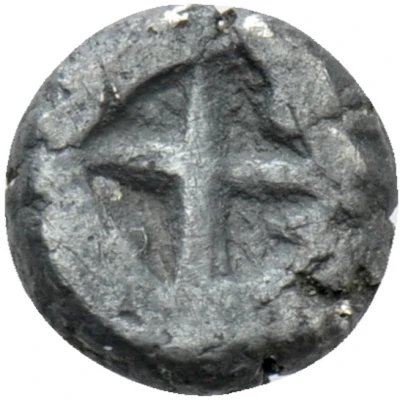

© Numismatik Naumann GmbH
Hemiobol 480 BC - 460 BC
| Silver | 0.40 g | 6.0 mm |
| Issuer | Mende (Macedon) |
|---|---|
| Type | Standard circulation coin |
| Years | 480 BC - 460 BC |
| Value | Hemiobol (1⁄12) |
| Currency | Drachm |
| Composition | Silver |
| Weight | 0.40 g |
| Diameter | 6.0 mm |
| Shape | Round (irregular) |
| Technique | Hammered, Incuse |
| Demonetized | Yes |
| Updated | 2024-10-10 |
| Numista | N#187687 |
|---|---|
| Rarity index | 100% |
Reverse
Quadripartite incuse square divided diagonally
Interesting fact
The Hemiobol coin from Mende (Macedon) was used as a form of currency in ancient Greece, specifically in the 5th century BC. The word "Hemiobol" comes from the Greek words "hēmi-" meaning "half" and "bolos" meaning "throw", which refers to the coin's value being equal to half the value of a full drachma, which was the standard unit of currency at the time. This coin was made of silver and weighed 0.40 grams, making it a valuable and practical form of currency for everyday transactions.
